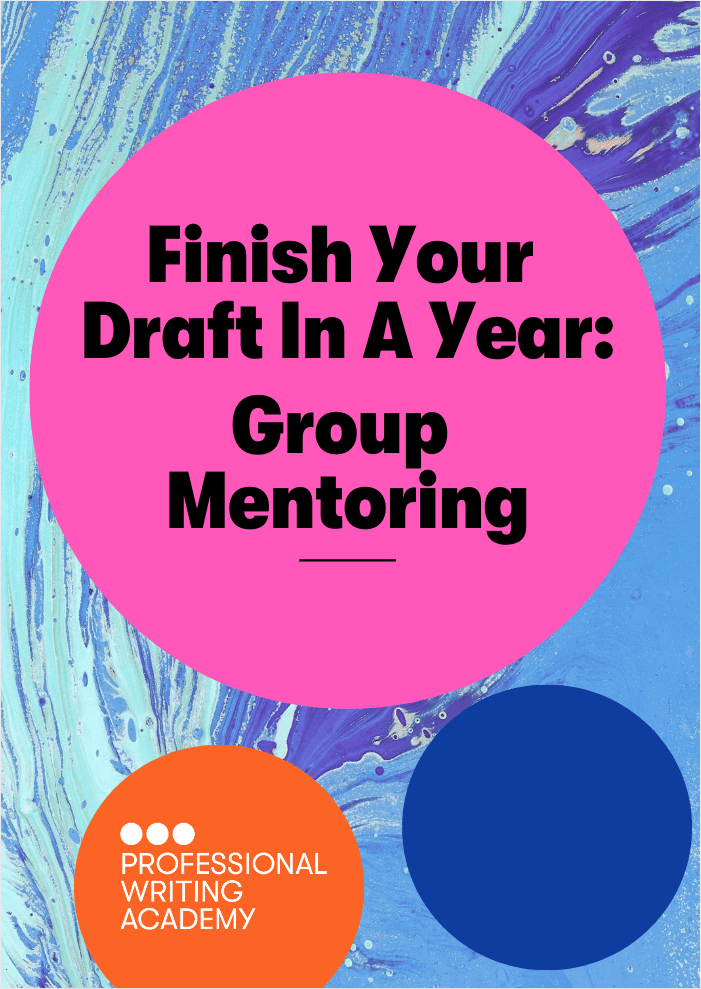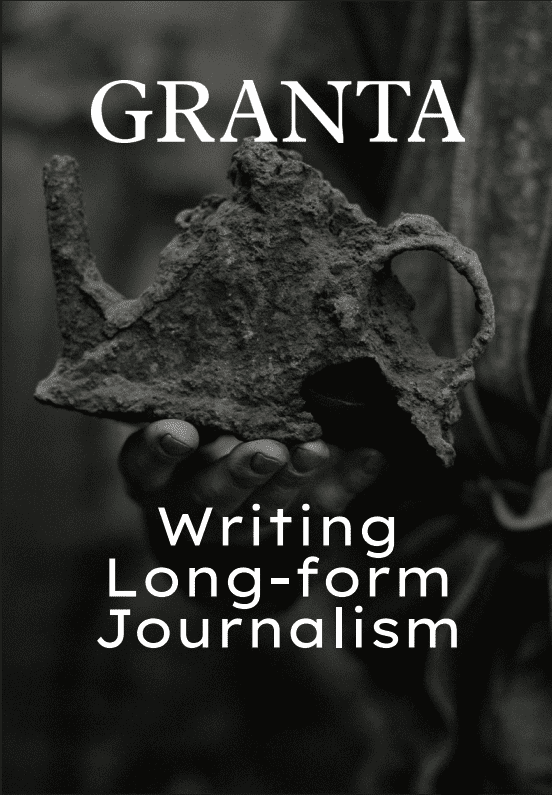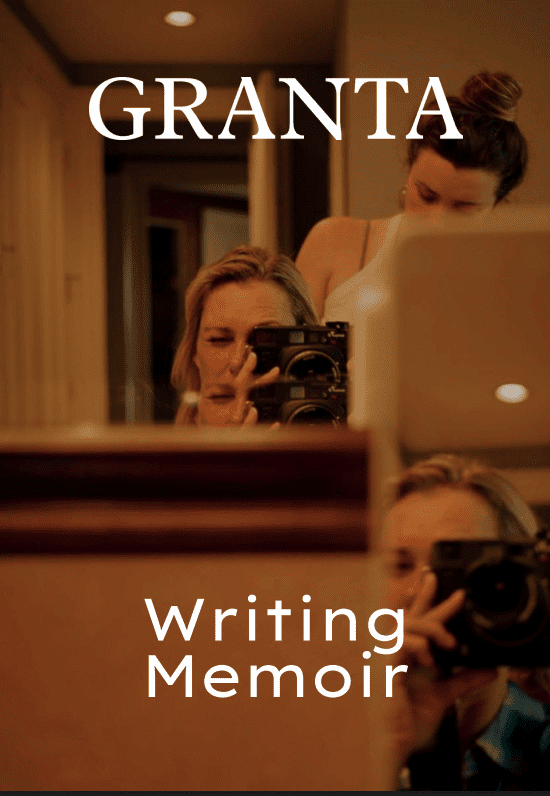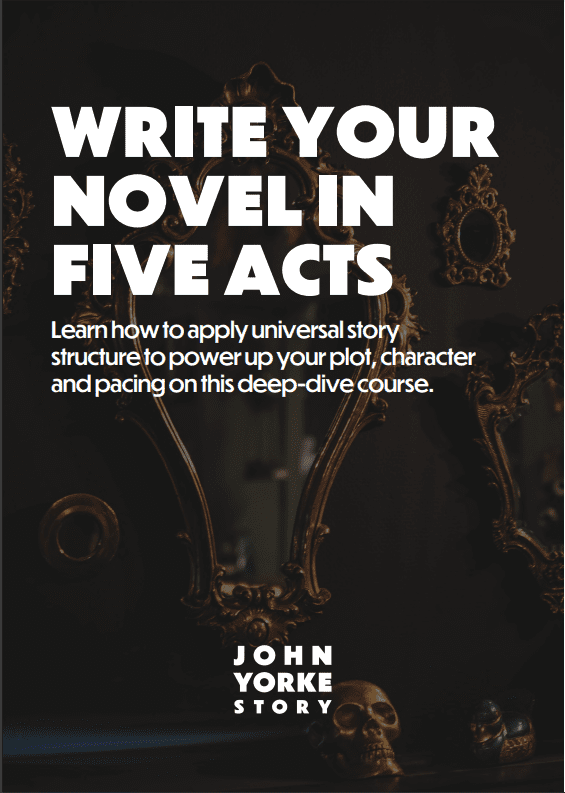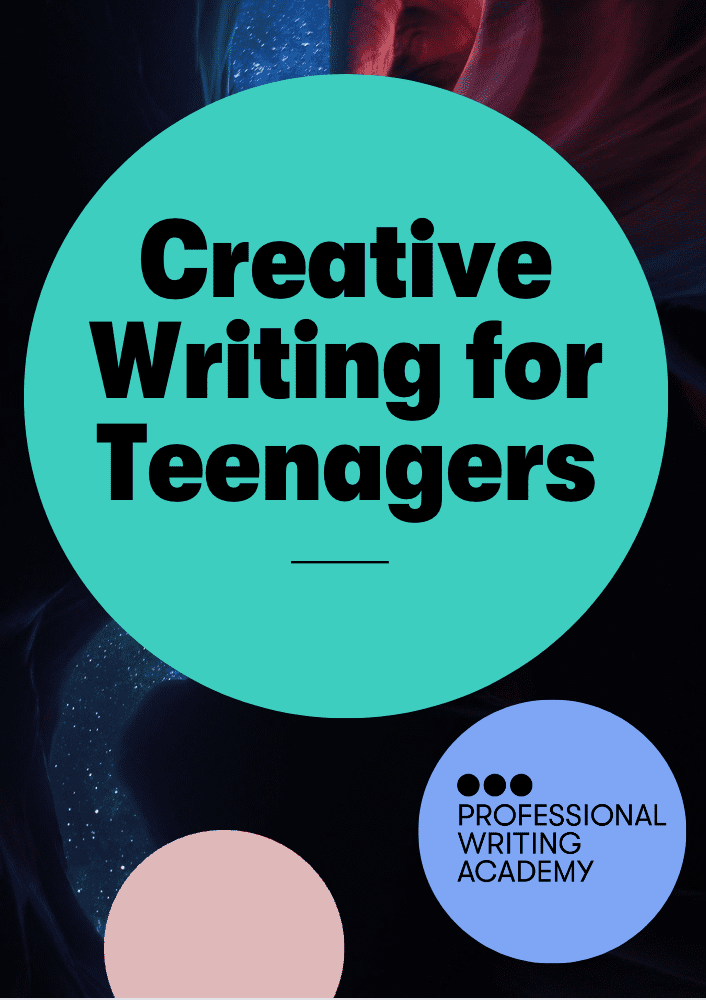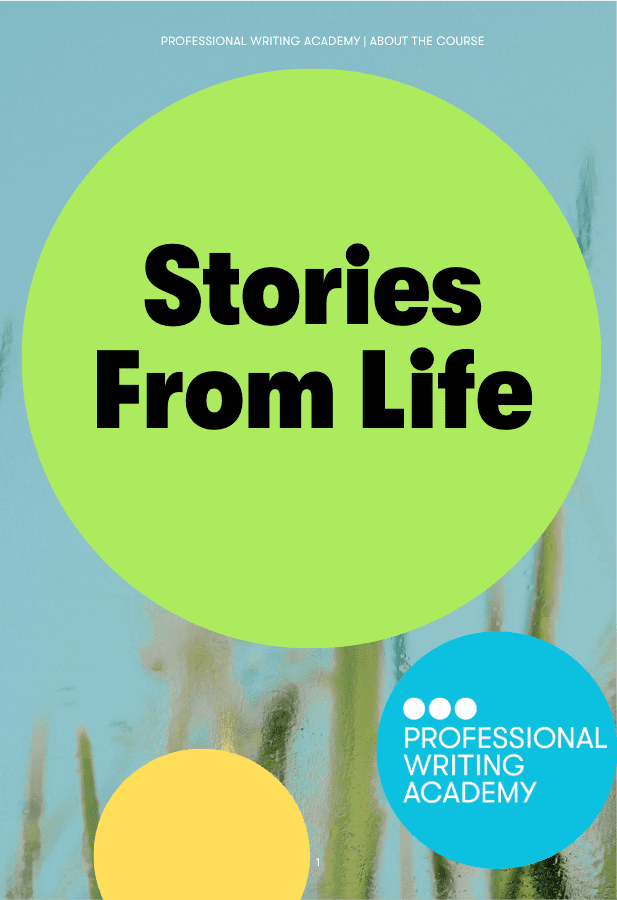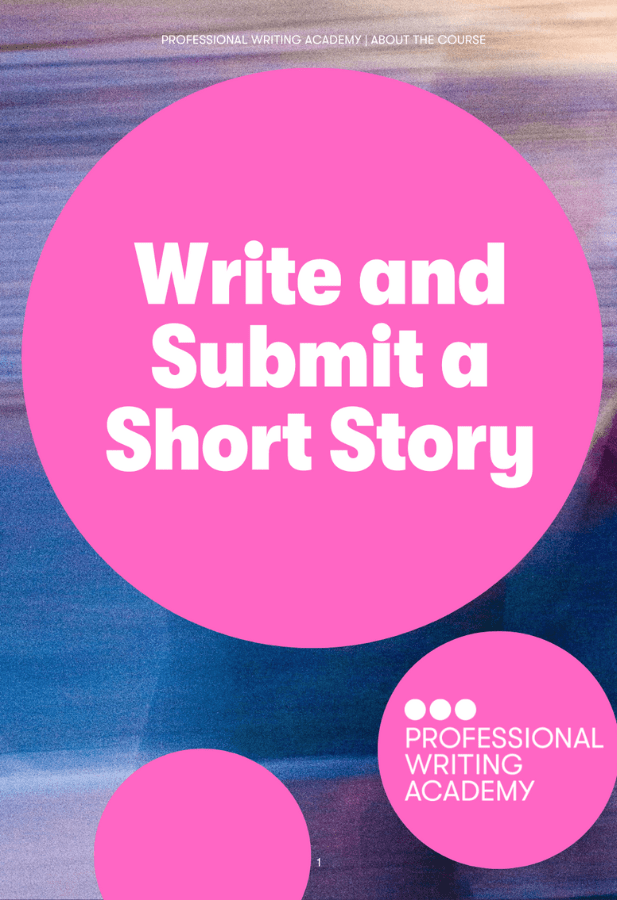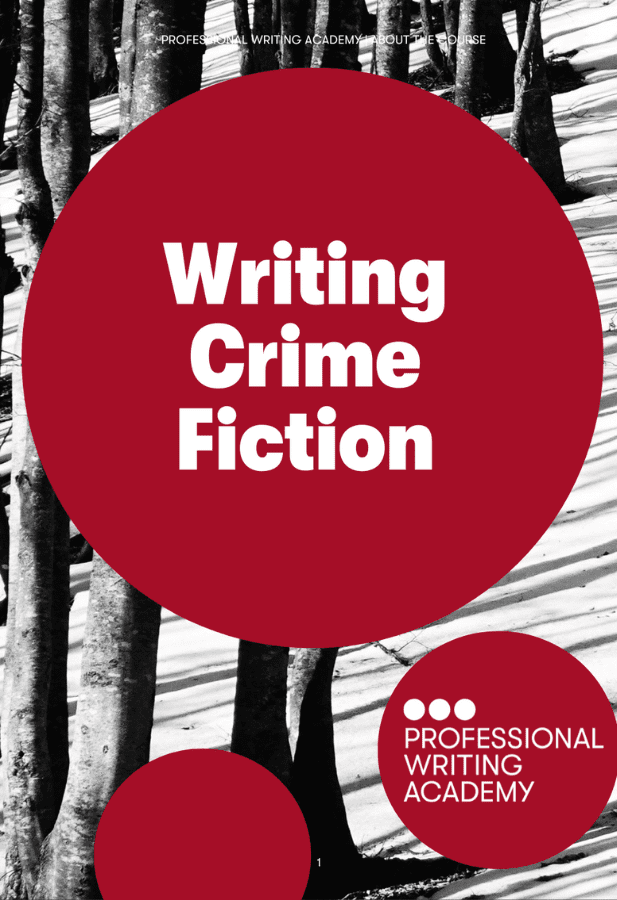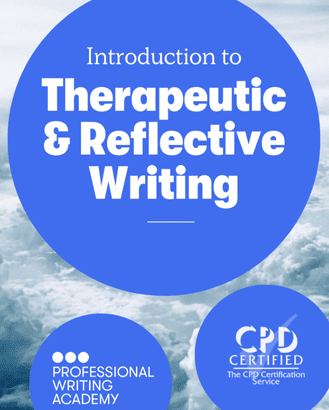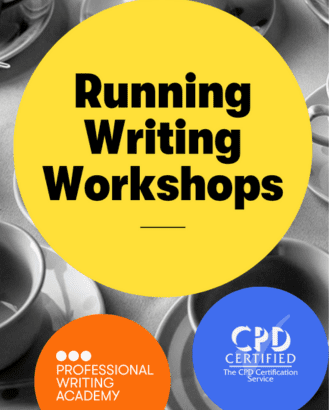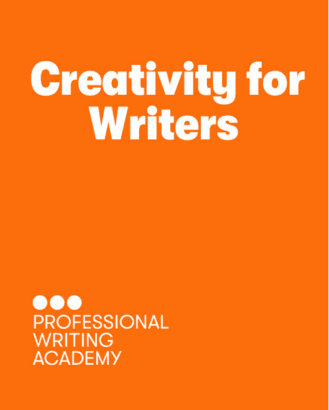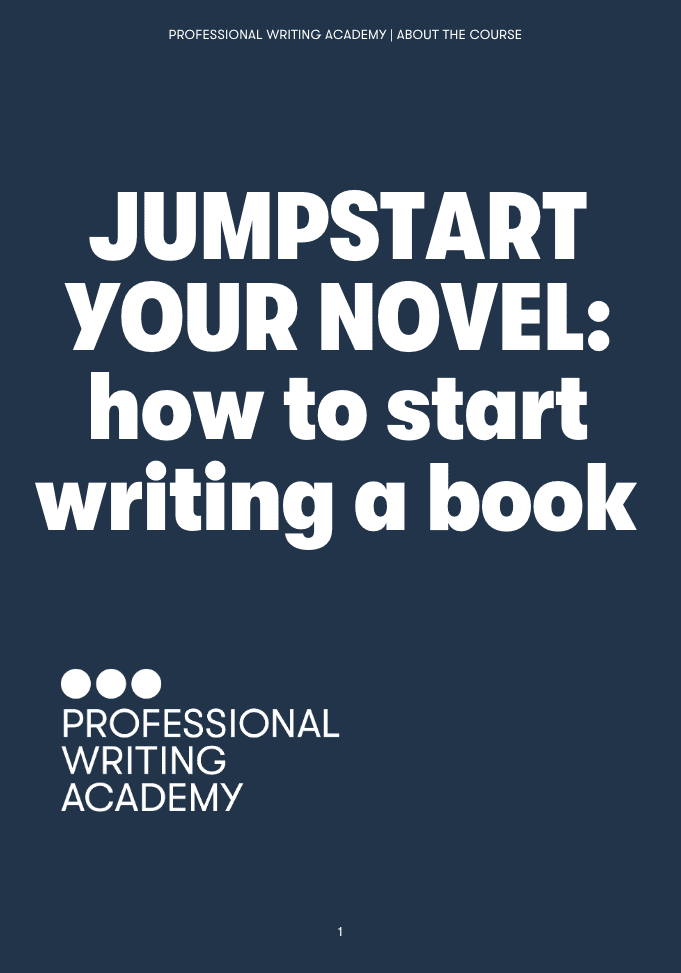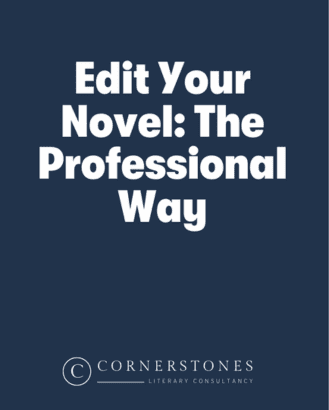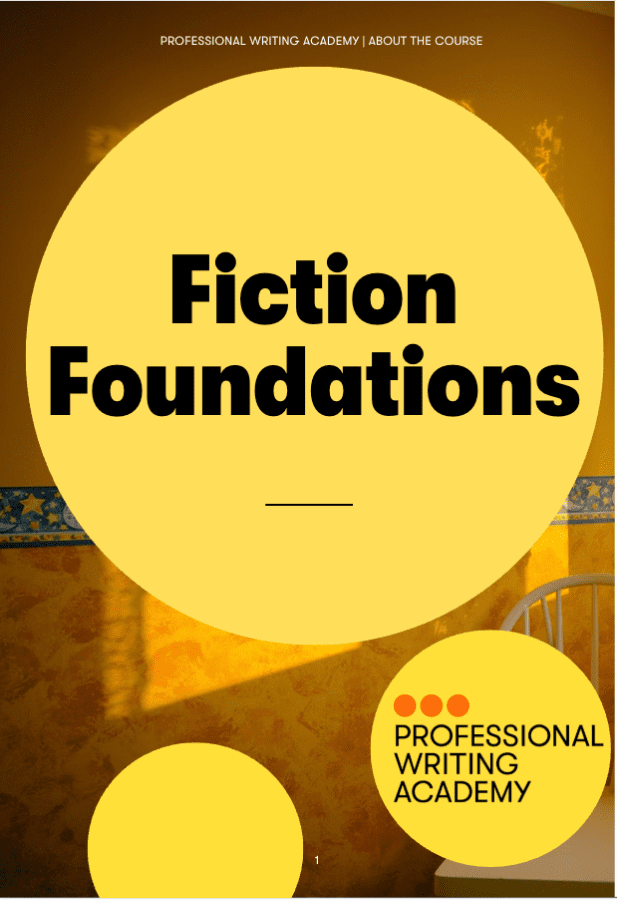Hi Chelsea,
We’re at the stage of the course where we’re focusing on treatments, and this is an area I often struggle with. I’ve done what I always do, which is getting completely bogged down in detail.
The result is that the story isn’t clear at all – and the problem is I don’t know how not to do this. Is this a common problem? And is there any hope for me? Is it a case of just trying again, failing again, and failing better?
I have been quite proud of the rest of the work I’ve done over the course, but I seem to have got a kind of mental block about treatments, and I still can’t quite see how to write one without having written the whole film first!
Do you have any tips so I don’t do the same thing with my final submission?
I think my problem is I try so hard to nail the structure that it reads like a particularly complicated Ikea instruction leaflet, rather than as a beautiful piece of furniture.
If someone is clear on the story they want to tell, then it comes across.
– Chelsea Morgan Hoffman
Chelsea Morgan Hoffmann
This is a totally common problem, and a totally inconsistent one — I’ve had people write brilliant treatments to then turn around and produce ones that made absolutely no sense! It depends on how clear the story is, really.
If someone is clear on the story they want to tell, then it comes across…but if they’re working it out as they go, that comes across as well.
But, I do stress, everyone has a different process. For some people it’s easier to bang out a script and then go back through — and that’s totally fine. There is no ‘one’ process that’s perfect.
So, if you’re finding that you really struggle to go treatment > script, and you just need to get something out before you can go back and summarize, go for it.
But you will have to be able to summarise it in an engaging way at some point because, in truth, people will often want to read a treatment rather than a script — which also means your work will get read more quickly.
In short, if I have a stack of scripts and then a treatment comes in, I’m going to read the treatment first!.
I think the most important thing is focusing on your characters’ emotional journeys (the roadmap of change).
I also suggest you go back to the ten questions. Sometimes I even find it useful to try and answer them before you start writing, so that they’re at the front of your mind when you write.
My other tip is to really pay attention to the causality — make it crystal clear. Something happens — because of that, this next thing happens; because of that this next thing happens, and so on.
Obviously, we want you to be really brilliant, clever and surprising with those things! The analogy I often use is it should be like lining up a bunch of dominos – one knocks down another, and so forth.
I think your Ikea comparison is one that many people will understand. The key, though, is at some stages it will look like an instruction manual — that’s a very useful tool for you to have when you’re constructing.
But treatments need to be engaging. So, you need to give enough information so that it’s clear what the story is — and give us a sense of the feeling and tone — but most importantly leave us wanting more!
It’s really hard.
Treatments often require several drafts and a lot of work on their own. I find it useful to go in stages – broad to specific. So firstly, write five sentences, one per act.
Then break down those acts into beats, always trying to end each one with a question that is then answered in the next beat, but leads to another question, etc. Then you’ll want to flesh it out so it reads with the tone that you want to portray.
You may need to reframe your thinking slightly to consider the treatment that you share as more than just a tool to use in order to get to script — it’s a crafted piece of writing in itself.
You will be fine. Don’t get too caught up in the mechanics. In the first instance of your treatment, I suggest not thinking about acts or rules at all — just write the story as you see it.
Then, maybe use the 10 questions. Even better, if you have someone you can share your work with along the way, show them what you’ve written and see if they can answer those questions.
If they can, and it’s what you intend, you’re on the right track!
Good luck!



